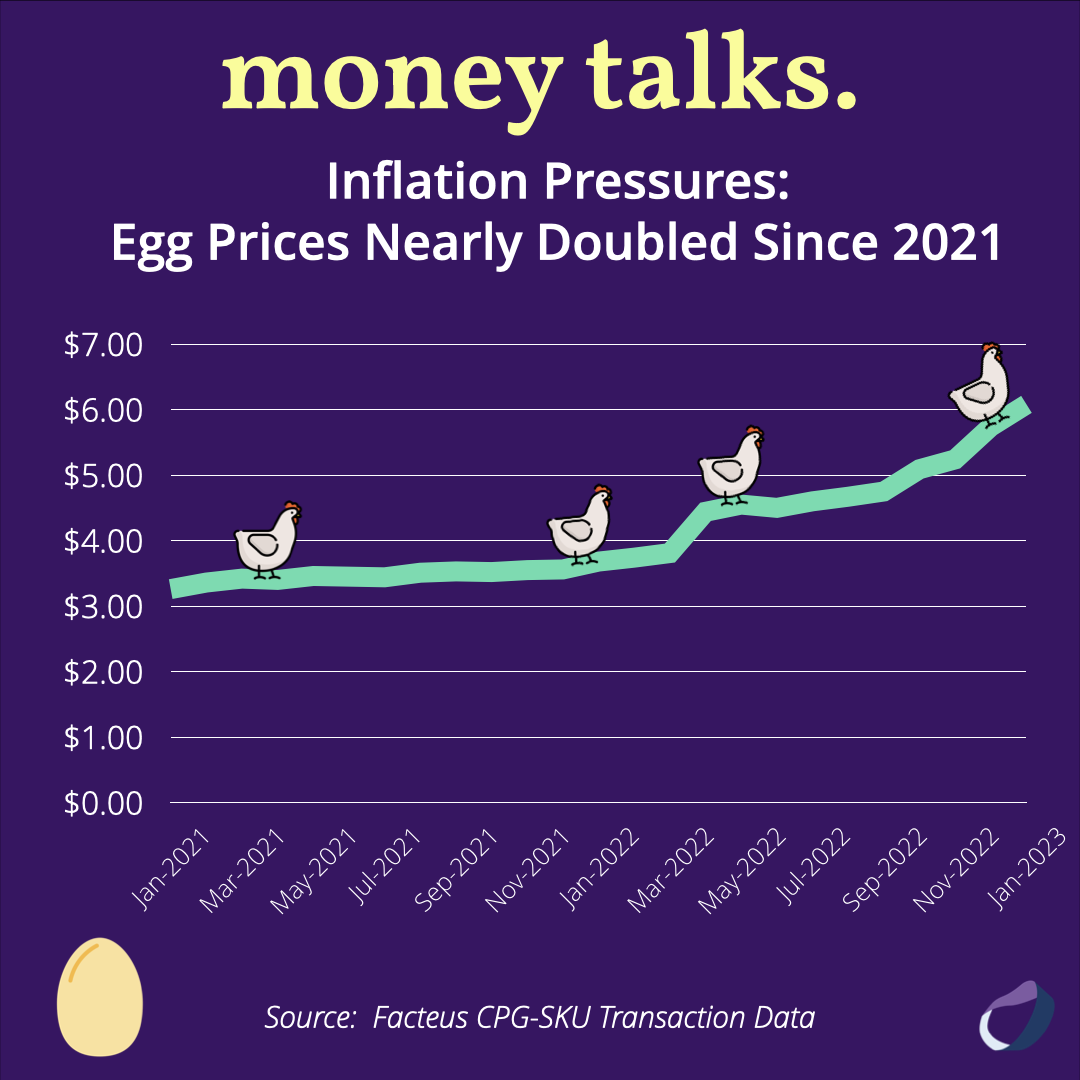How Transaction Data Can Enhance QSR Strategies & Growth
A More Insightful Way for QSRs to Expand
Exceptionally competitive and constantly changing, the quick-service restaurant (QSR) industry is no stranger to “wars” over prices, menus, value options, and customer loyalty.
Those wars have only escalated in recent years, with more convenience stores edging into the QSR sector with on-the-go meals — and more brands vying to be as popular as McDonald’s.
That’s created an ultra-cutthroat environment for today’s quick-service restaurants, inspiring some to look outside of traditional tools, past data, and standard analyses.
Instead, these trailblazers are leveraging an extraordinarily powerful new tool to extract deeper insights about their consumers, a better understanding of their competition, and more information about market dynamics.
That tool is transaction data.
Why Transaction Data in the QSR Industry?
Also referred to as customer spending data or alternative data, transaction data is information about the purchases consumers have made using their debit or credit cards.
Amassed and depersonalized, transaction data doesn’t reveal specifics or sensitive details about any single customer. On the contrary, QSR transaction data can uncover crucial details that tell a story about certain sectors, operations, and the market as a whole. That can include details about the following.
How much customers spend at different quick-service restaurants
Average transaction amounts, including different spends for different meal types, can be detailed in transaction data.
How customer spending at QSRs varies by location
Franchises in different areas of a metro, a state, or even the U.S. will see fluctuations in customers’ spending.
Identifying high-spend areas can be easier with transaction data, giving QSR leaders a better way to shortlist the areas for new restaurants.
What types of food customers are buying at QSRs
Food and beverage categories can be detailed in transaction data, providing a more nuanced picture of what customer spending looks like at different QSRs.
How generational spending varies by QSR
Consumers in different generations may prefer specific offerings and/or patronize a franchise during certain times of the day. Similarly, generational spending can reveal details about whether different customers prefer to dine in, drive through, or order food for delivery.
Mapping out customer preferences by generation is another way transaction data can deliver impressive new insights to QSR leaders.
With this and other information in hand, QSR leaders can get a much better pulse on what’s truly happening in their area, with their customers, with their competition, and in the QSR industry as a whole in near real-time.
How Some QSRs Are Using Transaction Data to Do More
Raising the stakes and turbocharging QSR strategies, transaction data has the potential to open up novel opportunities for making more prudent decisions about how and where to grow, when to make price changes, and how to roll out new offerings.
In fact, some quick-service restaurants are already using transaction data to fast-track remarkable success in certain operations, plans, and decisions. In particular, QSR transaction data has been integral in helping some leaders and franchises do the following.
1. Identify Underserved Markets.
What cities or regions are missing a certain type of food? Where are there minimal food delivery options? And where are consumers wanting food that they can’t find?
Transaction data can bring underserved markets to light, giving QSRs a better “map” of their customers, shifting consumer demand, and potentially the competition’s blind spots or oversights.
2. Balance Their Approach.
How should new and existing franchises think about the dine-in experience versus drive-thru and delivery options? What’s the best balance for a QSR when it comes to dine-in versus delivery-centric models?
The answers to these questions can be more apparent with QSR transaction data in hand, showing how customer preferences for dine-in versus delivery options can shift across different areas, distinct events or times of the year (like the Super Bowl), and unique types of cuisine.
3. Enhance Their Understanding & Decision-Making Processes.
Traditionally, QSRs have been limited to their own data, which can pigeonhole their view and knowledge of current market conditions. With transaction data, however, QSR leaders can:
Study, monitor, and get to know their competition much better.
Get access to near-real-time data to support more prudent choices about where to open up new dining rooms, when to make pricing changes, how to update their menus, and more.
Discover consumers’ cross-shopping behaviors and trends for enhanced location strategizing.
Ultimately, quick-service restaurants that embrace transaction data can be more effective innovators and much stronger competitors in the food service industry. They can also compete with and overtake industry titans by advancing and evolving in ways that others don’t.












